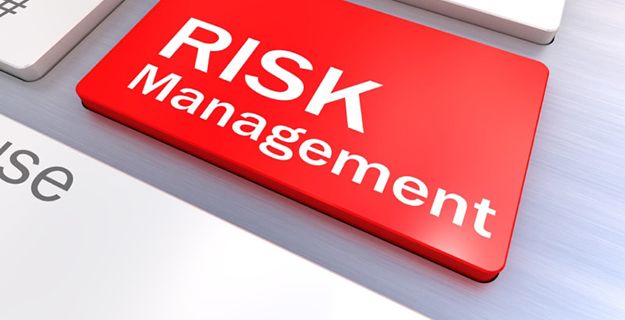[Editor’s note: this is the second installment of a 3-part series on Risk Management. You can read the first article, Reputational Risk: With Ownership Comes Great Responsibility]
When an asset accounts for more than 25 percent of an organization’s market value, it’s imperative for leaders to do all they can to protect it.1
That’s the case with reputation—an area that’s increasingly on the minds of directors in their role as overseers of an organization’s strategy. Now more than ever, directors are using a magnifying glass to evaluate an organization’s approach to reputational risk management, looking for gaps to fill and redundancies to eliminate.
For many organizations, using risk management as a tool to protect them from traditional, well-known risks is not generally sufficient. To stay ahead of the curve, boards at many leading organizations are encouraging executives to transform risk management from a traditional approach to one that has the ability to convert emerging risks into strategic opportunities, hitting reputational risk head-on and getting a leg up on the competition.
They’re doing this with proper governance, reporting, and reputational sensing practices.
When I talk with clients about transforming their risk management approaches, it’s sensing that typically generates the most interest. Maybe it’s the cutting-edge technology or the predictive approach that spikes this interest. But reputational sensing is much more than that.
A Closer Look at Sensing
Sensing combines human insights and advanced analytics to identify, analyze, and monitor emerging risks to an organization’s business model, its ability to create value, its reputation, and even its long-term viability. An effective sensing program typically includes a dedicated leader who is embedded in the governance structure and leads a team of professionals who are well-versed in the strategy of the business and its operations. It also generally features 24/7 listening tools, C-suite engagement, metrics and tracking, outside-in points of view, and combined technical and human resources.
Another key feature of sensing is objectivity. Because it is based on logic and fact, sensing brings neutrality to decisions and leads to less second-guessing, which is important when dealing with an emotionally charged topic like reputation.
How to Get Started
How does an organization integrate risk-sensing capabilities and technologies into its day-to-day business processes? Here are four steps to consider:
- Know what to look for. Depending on the organization, strategic risks can exist in the areas of regulatory compliance, cyber security, insider threats, third-party vendors, among others. It’s critical to remember that risks are regularly shifting, and this requires a regular evaluation of matters to be monitored.
- Get the tools. Risk officers should define the capabilities and resources needed to enable strategic risk monitoring. For example, “listening” tools allow an organization to analyze social and mainstream media as well as monitor key stakeholders to understand their sentiment and how they view an organization.
- Scan, analyze, track, and govern. Organizations should first identify, through proper governance, and then monitor strategic risk indicators of events, trends, and anomalies in structured and unstructured data from external sources. To identify reputational issues effectively, the sensing team should be embedded in the risk organization’s governance model. Only then can risk officers compare data with the organization’s risk tolerance levels and thresholds.
- Connect the dots. Continuous monitoring allows organizations to develop insights and connect them with the strategic issues facing the organization and its business units and functions, taking into account the severity of the impact of reputational risks on the organization.
A recent global survey2 of C-level executives found that while many organizations have sensing capabilities, they often overlook key elements, lack technical depth, or leave the organization open to the very risks that sensing should be protecting against. Boards play an important role in evaluating whether risk management practices—like sensing—are strong and forward looking.
Economic upheaval, market evolution, competitive disruption, increased regulatory demands, and technological change are among the factors shaping today’s business landscape. Sensing is a powerful tool that—when combined with proper governance and reporting—can help boards address the risk challenges of tomorrow today.
Sources
1 Simon Cole, “The Impact of Reputation on Market Value” (World Economics, September 2012).
2 Risk Sensing: The (evolving) state of the art (Deloitte Touche Tohmatsu Limited and Forbes Insights, 2015).



